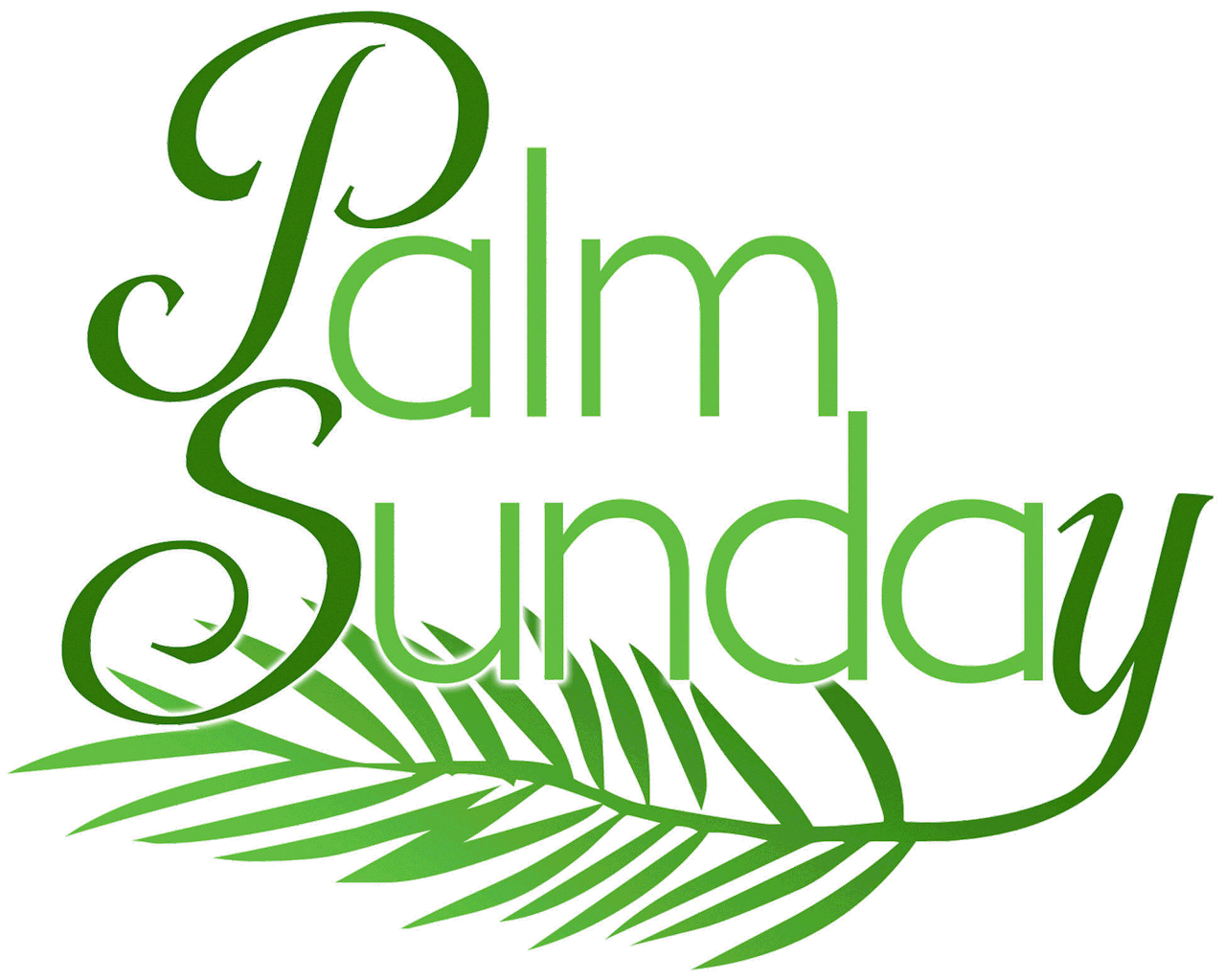
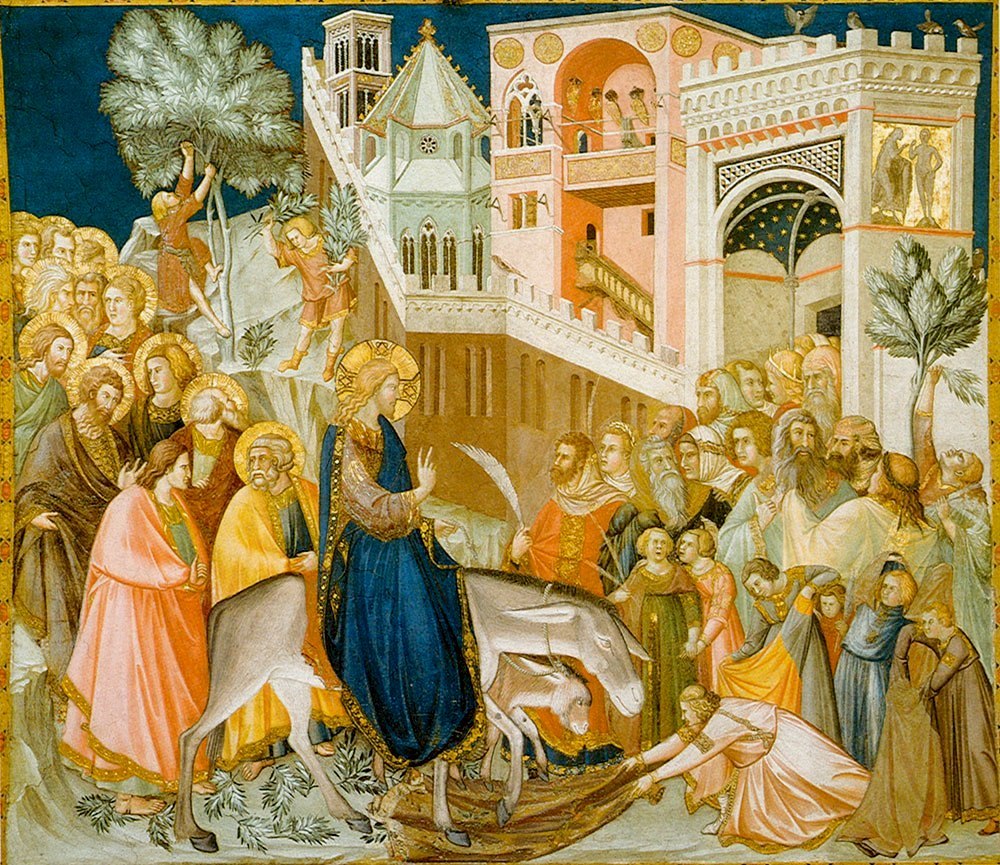
Entering the city on a donkey symbolizes arrival in peace rather than as a war-waging king arriving on a horse
Palm Sunday is a Christian moveable feast that falls on the Sunday before Easter. The feast commemorates Jesus' triumphal entry into Jerusalem, an event mentioned in each of the four canonical Gospels.
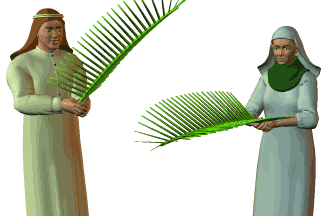
In most liturgical churches Palm Sunday is celebrated by the
blessing and distribution of palm branches or the branches of other
native trees representing the palm branches the crowd scattered in front
of Christ as he rode into Jerusalem. The difficulty of procuring palms in unfavorable climates led to their substitution with branches of native trees, including box, olive, willow, and yew. The Sunday was often named after these substitute trees, as in Yew Sunday, or by the general term Branch Sunday.
Biblical basis and symbolism
In the accounts of the four canonical Gospels, Christ's triumphal entry into Jerusalem takes place a week before his resurrection. Only the Gospel of John shows a timeline of the event, dated six days before the Passover (John 12:1).
Before this, Jesus talked to two of his disciples, taking to himself the ancient Greek word of Lord (??????, trasl. Kýrios), written with a capital letter in the original text, as a proper noun.
The raising of Lazarus is mentioned only by the Gospel of John, in the previous chapter. The Eastern Orthodox Church and the Eastern Catholic Churches which follows the Byzantine Rite, commemorate it on Lazarus Saturday, following the text of the Gospel. In fact, the Jewish calendar dates begin at sundown of the night beforehand, and conclude at nightfall.
Christian theologians believe that the symbolism is captured prophetically in the Old Testament: Zechariah 9:9
"The Coming of Zion's King – See, your king comes to you, righteous and
victorious, lowly and riding on a donkey, on a colt, the foal of a
donkey", which is quoted in the Gospels. It suggests that Jesus was
declaring he was the King of Israel, to the anger of the Sanhedrin.
According to the Gospels, Jesus Christ rode a donkey into
Jerusalem, and the celebrating people there laid down their cloaks and
small branches of trees in front of him, singing part of Psalm 118: 25–26 – Blessed is He who comes in the name of the Lord. We bless you from the house of the Lord .
The symbolism of the donkey may refer to the Eastern tradition
that it is an animal of peace, unlike the horse which is the animal of
war.
A king would have ridden a horse when he was bent on war and ridden a
donkey to symbolize his arrival in peace. Jesus' entry to Jerusalem
would have thus symbolized his entry as the Prince of Peace, not as a war-waging king. Thus there have been two different meanings (or more levels of biblical hermeneutics): an historical meaning, truly happening according to the Gospels, and a secondary meaning in the symbolism.
In Luke 19:41 as Jesus approaches Jerusalem, he looks at the city and weeps over it (an event known as Flevit super illam in Latin), foretelling his coming Passion and the suffering that awaits the city in the events of the destruction of the Second Temple.
In many lands in the ancient Near East, it was customary to cover in some way the path of someone thought worthy of the highest honour. The Hebrew Bible (2 Kings 9:13) reports that Jehu, son of Jehoshaphat, was treated this way. Both the Synoptic Gospels and the Gospel of John report that people gave Jesus this form of honour. In the synoptics the people are described as laying their garments and cut rushes on the street, whereas John specifies fronds of palm (Greek phoinix). In Jewish tradition, the palm is one of the Four Species carried for Sukkot, as prescribed for rejoicing at Leviticus 23:40.
In the Greco-Roman culture of the Roman Empire, which strongly influenced Christian tradition, the palm branch was a symbol of triumph and victory. It became the most common attribute of the goddess Nike or Victoria. For contemporary Roman observers, the procession would have evoked the Roman triumph, when the triumphator laid down his arms and wore the toga, the civilian garment of peace that might be ornamented with emblems of the palm. Although the Epistles of Paul
refer to Jesus as "triumphing", the entry into Jerusalem may not have
been regularly pictured as a triumphal procession in this sense before
the 13th century.
In ancient Egyptian religion, the palm was carried in funeral processions and represented eternal life. The palm branch later was used as a symbol of Christian martyrs and their spiritual victory or triumph over death. In Revelation 7:9, the white-clad multitude stand before the throne and Lamb holding palm branches.
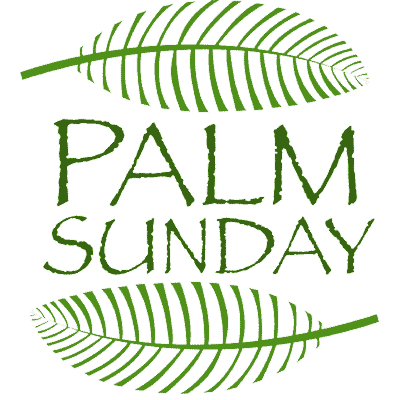
In ancient times, palm branches symbolized goodness and victory. They
were often depicted on coins and important buildings. Solomon had palm
branches carved into the walls and doors of the temple (1 Kings 6:29).
Again at the end of the Bible, people from every nation raise palm
branches to honor Jesus (Revelation 7:9).
Palm Sunday commemorates the entrance of Jesus into Jerusalem
(Matthew 21:1–9), when palm branches were placed in his path, before his
arrest on Holy Thursday and his crucifixion on Good Friday. It thus
marks the beginning of Holy Week, the final week of Lent.
In the Roman Catholic Church, as well as among many Anglican and Lutheran congregations, palm fronds (or in colder climates some kind of substitutes) are blessed with an aspergillum outside the church building in an event called the "blessing of palms" if using palm leaves (or in cold climates in the narthex when Easter falls early in the year). A solemn procession also takes place, and often includes the entire congregation.
In the Catholic Church and the Episcopal Church, this feast now coincides with that of Passion Sunday, which is the focus of the Mass which follows the palms ceremony. The palms are saved in many churches to be burned on Shrove Tuesday the following year to make ashes used in Ash Wednesday services. The Catholic Church considers the blessed palms to be sacramentals.
The vestments for the day are deep scarlet red, the colour of blood,
indicating the supreme redemptive sacrifice Christ was entering the city
to fulfill: his Passion and Resurrection in Jerusalem.
In the Episcopal
and many other Anglican churches and in Lutheran churches, as well, the
day is nowadays officially called "The Sunday of the Passion: Palm
Sunday"; in practice, though, it is usually termed "Palm Sunday" as in
the 1928 American Book of Common Prayer
and in earlier Lutheran liturgies and calendars, to avoid undue
confusion with the penultimate Sunday of Lent in the traditional
calendar, which was "Passion Sunday".
In the Church of Pakistan (a member of the Anglican Communion), the faithful on Palm Sunday carry palm branches into the church as they sing Psalm 24.
In many Protestant churches, children are given palms, and then walk in procession around the inside of the church .

In traditional usage of the Methodist Church, The Book of Worship for Church and Home (1965) provides the following Collect for Palm Sunday:
Almighty and everlasting God, who,
of thy tender love toward mankind hast sent thy Son our Savior Jesus
Christ to take upon him our flesh, and to suffer death upon the cross,
that all mankind should follow the example of his great humility:
Mercifully grant that we may both follow the example of his patience and
also be made partakers of his resurrection; through the same Jesus
Christ our Lord. Amen.

In Spanish, it is sometimes called Pascua florida, and it was from this day in 1512 that the state of Florida received its name.
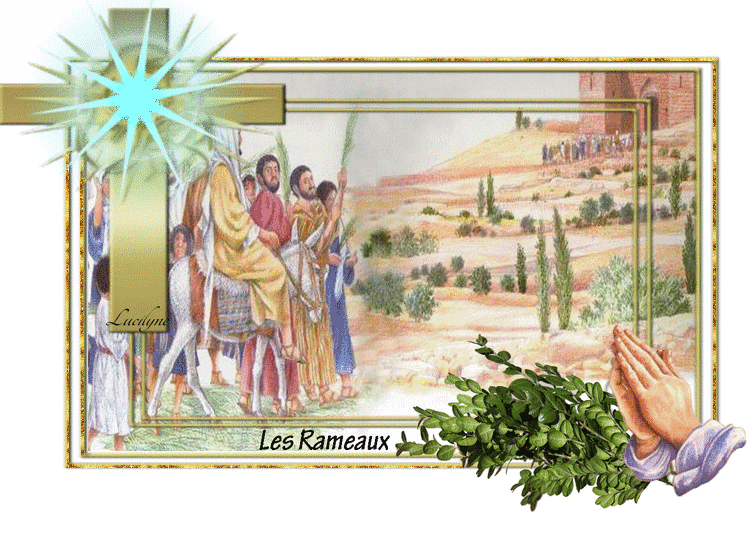

No comments:
Post a Comment